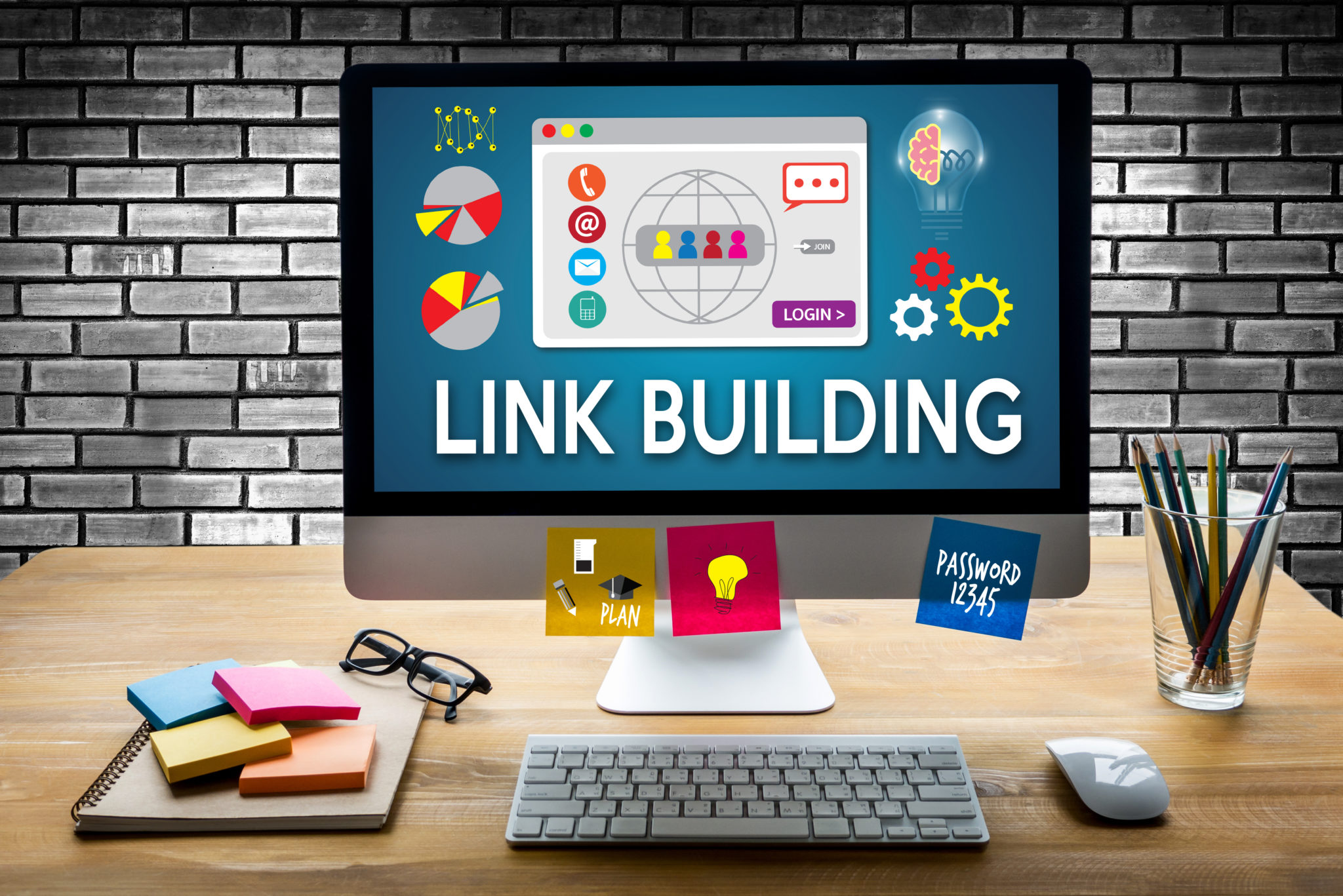 Reading Time: 3 minutes
Reading Time: 3 minutesWhen Google introduced the PageRank algorithm in 1998, it changed the search engine world as we know it. Instead of content alone, pages were now also ranked with consideration of the number of other pages that linked back to them. Over the years, however, this algorithm has undergone many changes, as have the link building practices that seek to take advantage.
Google Penguin Changes LinkBuilding
Search engine optimization specialists soon discovered that an excellent way to ensure a webpage ranked high for a search term was to find as many other pages willing to create links as possible. To begin, this involved forming agreements with other webmasters, searching for directories willing to link thousands of pages, and buying and selling linkbacks. Soon, the additional value of blog comment sections, guest books, and other page features for repeated linkbacks became another highly-utilized source of links. In short, everyone was linking back to themselves and searching for cheaper, easier, and faster ways to do it.
After Google’s Penguin update in 2012, the now-predominant search engine cautioned link builders against such practices. Specifically, Penguin targeted link farms, link blogs, dummy pages, and other manipulative link-building tactics. With aggressive link-building techniques under fire from Google, SEO minds were forced to get creative.
Post-Penguin Crackdown
When it came to link-building, Penguin’s major driving focus was to encourage webpages to produce their own quality, expert content geared towards helping users meet their internet needs. To that end, it demanded that webpages earned linkbacks with this excellent content – after all, the entire purpose of evaluating links is to determine how important a source is in regards to a particular set of keywords. If it’s possible to receive links without helping the user, the very premise of PageRank was lost.
In the post-Penguin years, particularly 2015 to 2017, Google structured its algorithms to weigh the quality of links in addition to their numbers. This move prompted webmasters everywhere to abandon strategies like manipulative linking and scalable email link marketing in favor of content-based linking. Guest posting became prevalent and webmasters rushed to create content for posting on as many sites on the net as possible.
More Changes in Link Building
What the webmasters behind this flurry of content soon realized, however, is that consistent changes to Google’s algorithm rested more and more importance on not only the quality of the content, but the quality of the page linking it. In this sense, if you can get a high-quality page to link to you, that page is essentially stating that your information and landing page are quality as well. If you can get a highly expert domain to link to you, the domain is, in a way, passing their expertise, authority, and trust – or EAT – on to you.
For these reasons, guest posting on highly respected websites became the new concept behind link building. If you can get Southern Living or WebMD to link to your page, the associated EAT should positively affect your own PageRank, right? Not always.
Recent Changes
In recent years, Google has put much more stock into the relevance of the page providing the link. For example, if you publish an article about real estate investment and find a high quality, high EAT domain to share it and link back to you, you’ll get far more credit for a link from a domain from a real estate investment or finance expert than one from an SEO authority. Similarly, Google favors links that appear in the middle of relevant text, instead of relegated to the bottom or in the comment section; the assumption is, if the webmaster placed the link in the middle of its quality content, the link was intentional.
To that end, Google instituted new link attributes at the end of 2019 that allowed webmasters to classify the links allowed on their domains. Sponsored links signify links placed as the result of an ad, sponsorship agreement, or other form of compensation. Nofollow links, which have been around since the early 2000’s, are now used to signify links where the webmaster doesn’t wish to pass along ranking credit or otherwise endorse a page. User generated links are those found in comment sections, reviews, and other side content.
So, What’s the Takeaway?
While Google has long been ramping up its crackdown on link farms, hidden links, anchor text stuffing, and other overzealous link building practices, the changes in the past five years have one overarching message: focus on producing high quality, relevant content that high authority domains in your field will link to editorially. Seeking out domains to publish your content and provide links remains a good way to boost your PageRank, so long as you’ve found the right, high-EAT webpage to do so.
In 2020, make sure your content is aimed at engaging your audience and providing information people will be inspired to share without intervention from you. With that end in mind, Vizion’s SEO experts can help you improve your link building tactics without drawing unwanted attention from Google’s crawlers. For more information or to request a quote, call 888-484-9466.
At Vizion Interactive, we have the expertise, experience, and enthusiasm to get results and keep clients happy! Learn more about how our Link Profile Management services can increase sales and boost your ROI. But don’t just take our word for it, check out what our clients have to say, along with our case studies.




